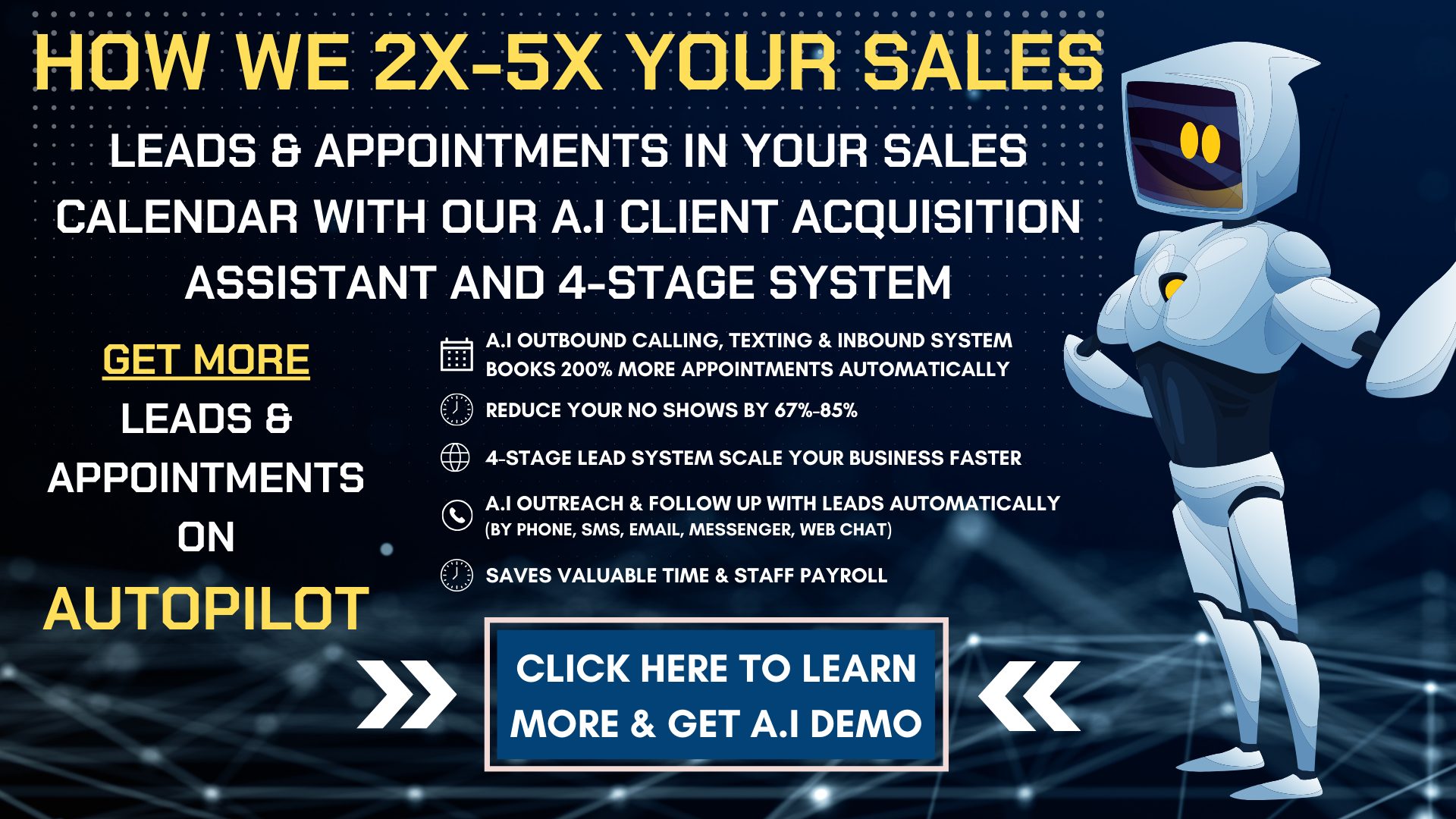Finding good life insurance leads is essential for a successful career in sales. In this article, we will explore various methods of generating leads and discuss the pros and cons of each approach. By implementing effective lead generation strategies, you can boost your client base and increase your success in life insurance sales.
When it comes to increasing leads for life insurance sales, there are several proven techniques and best practices that can help you attract potential clients.
Key Takeaways:
- Understanding the different types of life insurance leads can help you tailor your approach to effectively convert them into clients.
- Both company-provided and third-party leads have their pros and cons, and it’s important to consider these factors before relying solely on one source.
- Alternative lead generation methods such as leveraging social media, professional networking, and referrals can also be effective in generating leads.
- Pursuing a career in life insurance sales has its advantages and disadvantages, and it’s important to weigh them before committing.
- Some of the best options for finding life insurance leads include warm internet leads, cross-selling and referrals, and having a website with SEO optimization.
Understanding Life Insurance Leads
Life insurance leads are individuals who have expressed interest in purchasing life insurance policies. When it comes to generating potential clients for your life insurance sales, it’s important to understand the different types of leads: cold leads, warm leads, and hot leads. Each type represents a different level of engagement and readiness to purchase.
Cold Leads
Cold leads are individuals who may be unaware of or uninterested in life insurance. They have not shown any intent or engagement with life insurance products. These leads require more effort and persuasive techniques to convert into clients. It’s crucial to educate them about the importance and benefits of life insurance.
Warm Leads
Warm leads, on the other hand, have shown some interest or intent to purchase life insurance. They may have opted into a mailing list, attended a seminar, or engaged with your website or social media posts related to life insurance. These leads are more receptive to your offerings, making them easier to convert into clients.
Hot Leads
Hot leads are the most ready and actively seeking an agent to purchase life insurance. They may have reached out to you directly, filled out a quote request form, or actively searched for life insurance options online. These leads are highly motivated and require less effort to close the sale.
Understanding the different types of leads allows you to tailor your approach and communication strategy. By identifying whether you are dealing with cold, warm, or hot leads, you can adjust your messaging and level of urgency to effectively convert them into clients.
Having a visual representation of the different types of life insurance leads can help you understand their characteristics and prioritize your efforts accordingly. Here’s an example of a comparison table:
| Lead Type | Description | Conversion Effort |
|---|---|---|
| Cold Leads | Unaware or uninterested in life insurance | Higher effort required |
| Warm Leads | Shown some interest or intent to purchase | Moderate effort required |
| Hot Leads | Ready and actively seeking an agent | Lower effort required |
By understanding the characteristics of different life insurance leads, you can optimize your lead generation and sales strategies to increase your conversion rates and grow your client base.
Company-Provided Life Insurance Leads
Many insurance agencies offer company-provided leads to their agents. These leads are generated internally using demographic data, purchase history, and online marketing campaigns. The benefits of company-provided leads include not having to spend money upfront and having support from your employer. However, these leads may be shared among multiple agents and could be outdated or overused. It’s important to consider the pros and cons before relying solely on company-provided leads.
Third-Party Life Insurance Leads
If you’re looking for alternative options to obtain life insurance leads, one effective avenue is through third-party lead generation companies. These companies specialize in generating leads and offer a range of options to suit your needs, including shared and exclusive leads.
Shared leads are sold to multiple agents, allowing you to share the cost with other insurance professionals. On the other hand, exclusive leads are curated exclusively for you, providing a higher level of exclusivity and potentially improving conversion rates.
Third-party leads can also be customized based on specific criteria, such as active insurance policies, location, credit score, and demographic. This allows you to target your ideal clients and increase the chances of closing sales.
However, it’s important to note that there is a level of risk involved when purchasing third-party leads. Unlike other options where you pay per lead closed, third-party leads typically require upfront payment. If you fail to convert these leads into sales, you may not be able to recoup your investment.
To make the most of third-party life insurance leads, it’s crucial to thoroughly research and choose reputable lead generation companies with a proven track record. Look for companies that provide verified and filtered leads, ensuring the quality of the leads you receive.
Benefits of Third-Party Life Insurance Leads
There are several advantages to using third-party life insurance leads:
- Expanded reach: Third-party lead generation companies have access to vast databases and online platforms, allowing you to reach a wider pool of potential clients.
- Targeted leads: With the ability to customize leads based on specific criteria, you can focus your efforts on prospects who are more likely to be interested in life insurance.
- Time-saving: By outsourcing lead generation to professionals, you can save valuable time and energy that can be redirected towards nurturing and closing sales.
- Scalability: Third-party leads offer scalability, allowing you to adjust the number of leads you purchase based on your business needs and growth strategy.
By leveraging third-party life insurance leads, you can enhance your lead generation efforts and increase your chances of finding potential clients who are actively seeking life insurance coverage.

| Pros | Cons |
|---|---|
|
|
Alternative Lead Generation Methods
While company-provided and third-party leads are popular options, there are alternative methods available to generate life insurance leads. These methods offer unique opportunities to expand your client base and increase your sales. Let’s explore some of these alternative lead generation methods:
Social Media
Using social media platforms like LinkedIn can be an effective way to connect with potential clients and build professional relationships. By leveraging social media, you can showcase your expertise, engage with prospects, and establish yourself as a trusted advisor in the industry.
Websites and SEO
Having a well-designed website optimized for search engines can significantly improve your online presence and attract organic traffic. Implementing SEO (Search Engine Optimization) practices, such as using relevant keywords, creating valuable content, and optimizing website structure, can enhance your visibility and drive potential clients to your site.
Referrals
Referrals from satisfied customers can be a powerful source of leads. By delivering exceptional service and building strong relationships with your existing clients, you can encourage them to refer you to their friends, family, and colleagues who may be interested in purchasing life insurance.
Lead Aggregators
Lead aggregators are platforms that collect and distribute leads to insurance agents. These platforms provide access to a pool of potential clients and allow you to filter leads based on specific criteria, such as location or age group. It’s essential to research and choose reputable lead aggregators to ensure the quality of leads.
Cold Calling
Cold calling involves reaching out to prospects who have not expressed prior interest in life insurance. While it may require significant effort and perseverance, cold calling can be an effective way to initiate conversations, uncover potential leads, and establish connections with individuals who may benefit from your services.
Each of these alternative methods has its advantages and disadvantages. It’s crucial to evaluate which approaches align with your skills, industry experience, and level of commitment. By diversifying your lead generation strategies and exploring these alternative methods, you can tap into new sources of leads and enhance your chances of success in the life insurance sales industry.
Pros and Cons of a Sales Career in Life Insurance
Pursuing a career in life insurance sales has its pros and cons. It’s essential to consider both the advantages and challenges before embarking on this path.
Pros of a Life Insurance Sales Career
- Minimal Entry Barrier: Unlike many other professions, entering the field of life insurance sales typically requires minimal formal education or specific qualifications. This allows individuals with diverse backgrounds to pursue a career in this industry.
- High Earning Potential: Life insurance sales professionals often have the opportunity to earn high incomes. Since their earnings are typically commission-based, their income potential is directly tied to their performance and sales success.
- Job Security: The demand for life insurance products remains relatively stable, providing a sense of job security for sales professionals in this field. As long as individuals and families have ongoing financial responsibilities and concerns, the need for life insurance will persist.
Cons of a Life Insurance Sales Career
- High-Pressure Work Environment: A sales career in life insurance can be demanding and competitive. Sales professionals often face pressure to meet sales targets and quotas, which can lead to stress and burnout.
- Long Hours: Achieving success in life insurance sales may require working long hours, including evenings and weekends, to accommodate clients’ schedules.
- Competitive Nature: The life insurance industry is highly competitive, with numerous insurance agents vying for clients’ attention and business. Sales professionals must consistently distinguish themselves and their offerings to succeed in this competitive landscape.
Before committing to a sales career in life insurance, it’s crucial to weigh the advantages and disadvantages carefully. Consider your skills, personality, and overall compatibility with the high-pressure work environment of the industry. Furthermore, ensure that you have a genuine interest in helping others protect their financial well-being through life insurance products.
Remember that while the potential for high earning and job security can be enticing, it’s essential to maintain a work-life balance and prioritize self-care to thrive in this challenging yet rewarding profession.
The Best Options for Finding Life Insurance Leads
When it comes to finding life insurance leads, it’s important to explore the best options available. By utilizing effective strategies, you can increase your chances of attracting potential clients and growing your client base. Here are three top options for finding life insurance leads:
1. Warm Internet Leads
Warm internet leads refer to prospects who have shown an interest in purchasing insurance through online searches. These individuals have actively searched for life insurance information, indicating a potential intent to purchase. By leveraging warm internet leads, you can target individuals who are already in the market for life insurance, increasing your chances of conversion.
2. Cross Selling and Referrals
Cross selling and referrals are highly effective methods for generating life insurance leads. Cross selling involves reaching out to your existing customers who have purchased other insurance products from you, such as auto or home insurance. These customers already trust your expertise and may be open to purchasing life insurance as well. Additionally, leveraging referrals from satisfied customers can expand your reach and attract new leads through word-of-mouth recommendations.
3. Website and SEO Optimization
A well-designed website with search engine optimization (SEO) can significantly improve your visibility and attract potential life insurance clients. By incorporating relevant keywords, creating informative content, and optimizing your website for search engines, you can increase your organic traffic and generate leads on a consistent basis. A website acts as your online presence and serves as a platform to showcase your expertise and services, making it an essential tool for lead generation.
| Method | Pros | Cons |
|---|---|---|
| Warm Internet Leads | 1. High conversion rates 2. Targeted audience 3. Potential for quick sales |
1. Can be competitive 2. Requires ongoing lead generation efforts |
| Cross Selling and Referrals | 1. Trust-based leads 2. Higher chance of conversion 3. Expands client network |
1. Relies on existing customer base 2. Limited to referrals from satisfied customers |
| Website and SEO Optimization | 1. Increased online visibility 2. Attracts potential clients 3. Builds credibility and trust |
1. Requires time and effort to optimize 2. Initial investment in website development |
By incorporating warm internet leads, cross selling and referrals, and having a website with SEO optimization, you can maximize your chances of attracting high-quality life insurance leads. These methods have proven to have higher conversion rates and provide a steady flow of leads, contributing to your success in the industry.
The Less Effective Options for Finding Life Insurance Leads
While there are various methods to generate leads for life insurance sales, it’s important to be aware of the less effective options. These approaches may not yield high-quality leads or result in a favorable return on investment.
Cold Insurance Leads
One of the less effective options is relying on cold insurance leads. These are individuals who have submitted their contact information but may not have a genuine interest in purchasing insurance. Cold leads often require significant effort to convert into clients, as they may not be receptive to your offerings.
Lead Aggregators
Another approach that may not be as effective is relying on lead aggregators. These companies resell leads purchased from other websites, which can lead to increased competition among agents. Additionally, the quality of these leads may vary, resulting in lower conversion rates.
Cold Calling
Although cold calling can be a traditional lead generation method, it is also generally less effective in today’s digital age. Cold calling involves reaching out to individuals without any prior contact, which can be time-consuming and often yield a low return on investment. The conversion rates from cold calling can be quite low, requiring a significant amount of effort to achieve desired results.
When considering these less effective options, it’s essential to carefully evaluate their potential benefits and drawbacks. While they may still provide some leads, they may not be the most efficient or productive methods for finding high-quality life insurance leads.

Conclusion
Generating leads for life insurance sales is crucial for success in the industry. By utilizing a combination of effective strategies, such as warm internet leads, cross selling and referrals, and having a website with SEO optimization, you can attract potential clients and build a strong client base. These approaches have been proven to yield higher conversion rates and provide a steady flow of leads.
When considering different lead generation methods, it’s important to weigh the pros and cons. Company-provided leads offer the advantage of not having to spend money upfront, while third-party leads provide customization options. However, it’s important to be cautious of outdated or overused leads. Leveraging social media, professional networking, and referrals from satisfied customers can also be effective in generating leads.
Ultimately, building relationships and providing value to clients are key factors in converting leads into long-term customers. Always prioritize understanding the needs and concerns of potential clients and offer tailored solutions. By implementing these key takeaways, you can position yourself for success in the competitive world of life insurance sales.
FAQ
How can I get leads for life insurance sales?
There are several effective lead generation strategies for life insurance sales, including leveraging social media, creating a website with SEO optimization, leveraging referrals, purchasing leads from lead aggregators, and cold calling.
What are life insurance leads?
Life insurance leads are individuals who have expressed interest in purchasing life insurance policies. They can be classified into three types: cold leads, warm leads, and hot leads, depending on their level of interest and readiness to buy.
What are company-provided life insurance leads?
Company-provided leads are generated internally by insurance agencies using demographic data, purchase history, and online marketing campaigns. These leads are shared among multiple agents and may have pros and cons to consider.
Can I purchase life insurance leads from third-party lead generation companies?
Yes, third-party lead generation companies specialize in generating leads and offer both shared and exclusive leads. Shared leads are sold to multiple agents, while exclusive leads are curated solely for you. However, there is some level of risk involved in purchasing leads upfront.
What alternative methods can I use to generate life insurance leads?
In addition to company-provided and third-party leads, you can leverage social media platforms for professional networking, create a website with SEO practices, leverage referrals, purchase leads from lead aggregators, and utilize cold calling.
What are the pros and cons of a sales career in life insurance?
Some pros of a sales career in life insurance include a minimal entry barrier, high earning potential through commission-based incomes, and job security. However, there are cons such as a high-pressure work environment and long hours that can lead to stress and burnout.
What are the best options for finding life insurance leads?
Warm internet leads, cross selling and referrals through satisfied customers, and having a website with SEO optimization are among the best options for finding life insurance leads due to their higher conversion rates.
What are the less effective options for finding life insurance leads?
Cold insurance leads, lead aggregators, and cold calling are considered less effective options for finding life insurance leads due to their lower conversion rates and potential challenges in quality and effort.
How important is lead generation for life insurance sales?
Lead generation is crucial for success in the life insurance sales industry. By implementing effective strategies to attract leads, you can increase your client base and ensure a steady flow of prospects to convert into long-term customers.
What are the key takeaways to consider for lead generation in life insurance sales?
It’s important to evaluate the pros and cons of different lead generation methods and choose the approaches that align with your skills and goals. Building relationships and providing value to potential clients are key factors in converting leads into long-term customers.



